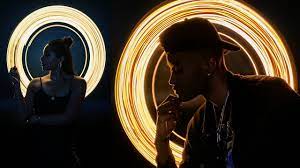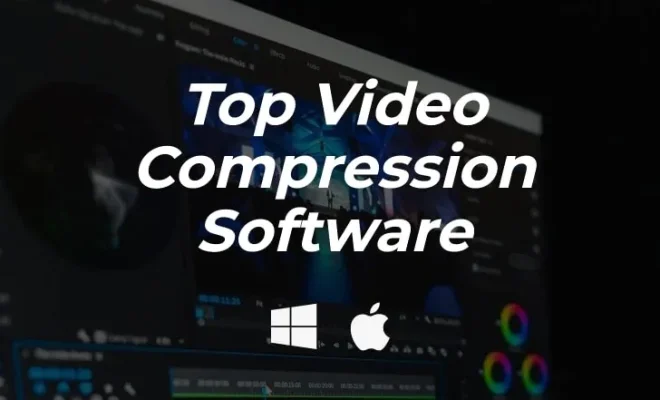Light Painting Photography: A Basic Beginner’s Guide

Light painting photography is a form of photography that involves creating images using a camera and various light sources. By using a long exposure time and moving a light source around in front of the camera, you can create stunning and unique images that are unlike anything you’ve seen before.
If you’re interested in getting started with light painting photography, here’s a basic beginner’s guide to help you get started.
Tools You’ll Need
To get started with light painting photography, you’ll need a few essential tools. These include:
– A camera: A camera with manual mode, a bulb mode, and a tripod mount is essential for capturing long exposures. You can use a DSLR, mirrorless or compact system camera.
– A tripod: To keep your camera steady during long exposures.
– A light source: You can use everything from glow sticks and flashlights to LED wands or battery-powered lamps while you paint with light.
Set Up
To start your photo, you’ll need to find a location that is dark or dimly lit. You’ll be able to see the light trails more vividly, and there will be less light that can interfere with your images. Then, set your camera on a sturdy tripod, and use manual focus to focus on the spot where you will be creating your light trails. Compose your shot and switch to manual mode. Experiment with your focus and aperture settings, and set your ISO to its lowest setting to reduce noise.
Shutter Settings
To achieve long exposures, switch to bulb mode to allow you to keep the shutter open for as long as you need. Use a remote shutter release to avoid camera shake, or use the timer modes if you don’t have a remote shutter release. Start with an exposure length of 30 seconds or a minute and adjust accordingly until you get the desired results.
Painting with Light
Once you’re ready to start painting with light, you can choose your light source to illuminate your subject, and move it around your subject. Make sure you move the light around continuously while avoiding any bright light sources that can ruin your image. Experiment with different types of light sources, intensities, and colors for different effects.
After capturing your images, review the results to check if your focus is correct and if it’s properly exposed as per your desired results. With some practice, you’ll be able to create stunning light paintings that are uniquely your own.






